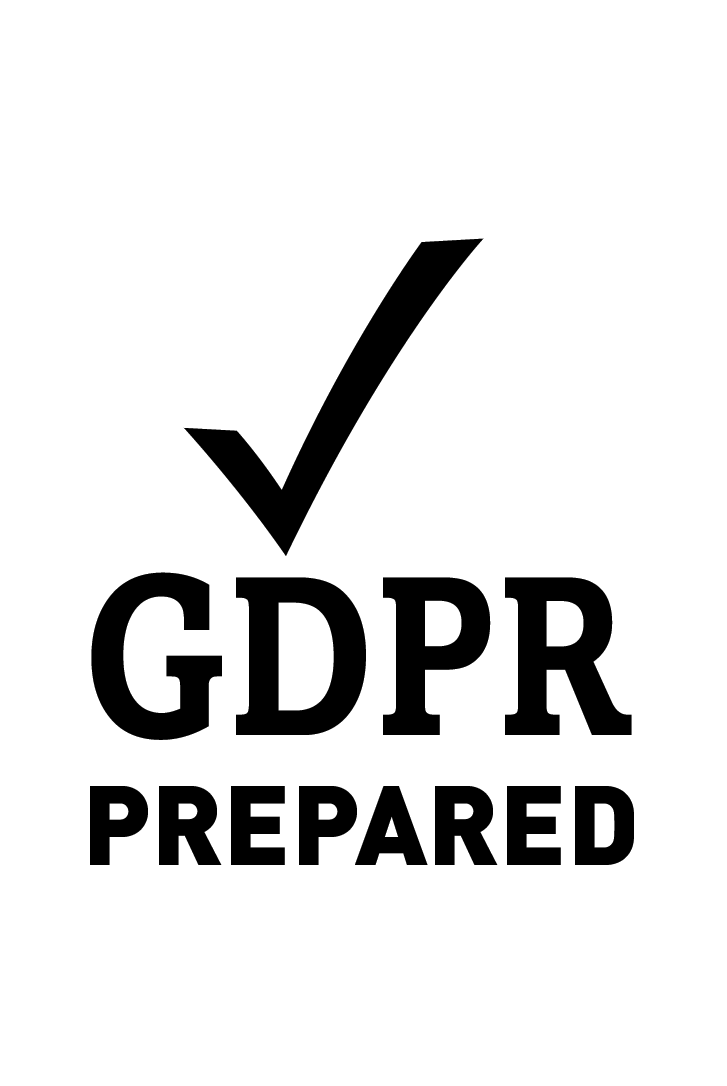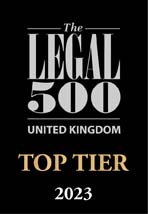There is an Act of Parliament in this country that can turn normal, decent, responsible people into criminals. People who would not otherwise dream of breaking the law. It is called The Road Traffic Act 1988 and it authorises the use of breathalysers.
Imagine this. You have been out for a meal with friends. You have had a couple of glasses of wine and, when you get behind the wheel to drive home, you cannot be certain if you are under or over the legal limit. Then, half way home, in your mirror you see the blue lights of a police car illuminate. And an officer advances towards you, breathalyser in hand.
This article is not intended to list underhand ways to get out of a conviction if you are guilty. It is simply to explain what to expect and how to behave to increase the chances of acquittal if you have a defence or receive a lower sentence if you have to plead guilty.
What You Should Do When Stopped for Drink Driving
So, back to our officer with his breathalyser. What do you do? At this point, there are two rules.
- Firstly, do not panic. Panicky people can make stupid decisions and that’s the last thing you need just now.
- Secondly, think ahead. Everything you say or do from this point onwards will be recorded somewhere and may end up being evidence in court. And what you do not want in court is to look devious or dishonest. Behave reasonably and co-operate with the procedure as it unfolds.
When the officer is near to your car, it is a good idea to get out and meet him on neutral territory. Then you can ask, as evenly and politely as you can, why you have been stopped. This is a reasonable question and you have a right to ask it.
Reasons for Roadside Breathalyser Testing
Officers cannot require a random breath test. There are only three reasons why they can ask for a roadside breath test.
- If you have been involved in a road traffic accident, even if it is not your fault, you can be breathalysed. The Act says “owing to the presence of a motor vehicle” and that means all vehicles involved. If you are driving below the legal speed along a main road and some idiot drives at speed out of a minor road and crashes into you, you are totally not at fault and you totally can be breathalysed.
- If you have committed a moving traffic offence, speeding or driving through a red light, you can be breathalysed.
- Finally, if the officer reasonably believes that you have alcohol in your body, he can require you to take a breath test.
And this third reason can present problems for the driver. If he says he saw your car weaving from side to side on the road and you blow a positive test, no court in the land is going to accept that your driving was, in fact, immaculate. Or, if the officer asks if you have been drinking and you say you have just had a half pint of lager, you have just given him a reason to breathalyse you. The law says he has to have a suspicion that you have alcohol in your body, not that you are over the limit and you have just told him that you have alcohol inside you.
What to Do When Asked to Perform a Breathalyser
When you are asked to blow into the handheld machine, just do it.
If you don’t, or if you try to blow not as hard as you should, the machine will tell the officer and he will arrest you. And you can be sure that that fact will be mentioned in court. It is not the roadside breath test that convicts you, it is only a screening device to prevent those who are under the limit being arrested.
If you pass the roadside breath test, all is sweetness and light. The officer will no doubt give you some advice on your driving and you, with huge sighs of relief, will drive on your way.
But if you fail the roadside breath test it is a very different story. You will be arrested and, because officers have a duty not to allow you to drive if you are a danger to others, you must leave your car where it is and you will be driven, locked in the back of a police car, to a local station.
At the Police Station
There, everything will move with a speed that will surprise you, for good reason. Blood/alcohol levels are effervescent evidence, they reduce with time. So, it is no good arresting you at midnight and not giving you the station breath test until 4am.
You will be taken to the charge office and, to be honest, treated like a criminal. Questions will be asked by the custody sergeant, your personal property will be taken from you and you will be searched. Then you may be put in a cell, for a short time.
From there you will be escorted to the breathalyser room, usually a small room dominated by a large machine. By now the officer will have a form MG DD/A, a form which takes both of you through the breathalyser procedure. You will be asked a series of questions, some a bit odd, such as “Have you, in the last 20 minutes, consumed any alcohol?” Don’t be tempted to give any amusing answers, remember Rule 2, what seems funny to you now won’t seem so amusing to a Bench of Magistrates.
You will be required to supply two samples of breath by blowing into a tube attached to the machine. Again, don’t attempt to beat the machine by blowing lightly or not at all as, again, if you do the machine will tell the officer and you will be charged with failing to supply a specimen of breath, a much harder charge to defend.
At the end of the procedure the machine will deliver two copies of a print out, one for the officer, one for you. Accept your copy, an experienced lawyer can read it to see if there are any faults in the machine or the procedure.
The Results of a Police Station Breathalyser Test
There are two figures that you are looking for. The legal limit, in breath, is 35. If your reading is over 70, you will receive a heavier sentence.
If the lower of the two readings from the machine is over 35, you will be charged with driving over the prescribed limit (although you may be released with a caution if your reading is 36-40). That, unfortunately, is not the end of your time at the police station. Still with a duty to protect others, the custody sergeant will not release you until you blow a negative breath test, which can take some hours.
Legal Defence for Driving Over the Limit
What are the defences? Depressingly few. If you have seen police procedural programmes on television, you will know that a lot of suspects are convicted on forensic evidence. And that is what the print out from the machine is – evidence of a scientific test of the level of alcohol in your bloodstream. Breathalyser law was introduced by the then Minister of Transport, Barbara Castle (a woman who had no ambition to either take a driving test or drive a car) in 1967. To be on the statute books by Christmas, it was rushed through parliament. Over the years, statutes and the courts have tightened prosecutions and the following are the only effective defences.
- The form MG DD/A is a long, 19 page, document and officers sometimes make mistakes in preparing it. If the mistakes are fundamental or numerous, there could be a defence.
- Very rarely, the print out shows anomalies within the machine. For example the two breath tests you give don’t have to be identical, but they should be close to each other. If they are not, the machine may be faulty. A chart near the back of the MG DD/A form gives the acceptable limits.
- It is a defence if you can prove that you were not driving, as the charge is “driving over the prescribed limit”. This, of course, never applies if the officer stops you and doesn’t lose sight of you.
Then there is the hip flask defence…
The Hip Flask Defence
This is a bit more complicated. For example, there has been a collision, one driver has driven off, but his registration number has been taken and the police trace him to his home address. In the old days, if they arrived at his, or her, property and the door was answered by the suspect holding a large glass of brandy, which he explained he has already drunk from to steady his nerves, the police could not charge him. The reason was, the courts said, that nobody could say how much he had to drink after the accident and the law required a scientific test, not a test plus a guess. It was called the hip flask defence because some street wise people kept a hip flask of spirits in their glove box and, if an officer stopped them and approached the vehicle, he found the suspect drinking from the flask.
That disingenuous defence has now been dealt with by the courts. Today, if there is a question of post driving alcohol, the suspect will be asked, in detail, what he has had to drink after the incident. A scientist will then make a back calculation what the alcohol level would have been at the time of driving. That calculation can always be challenged by a defence expert.
One final, free, piece of legal advice. Don’t drink and drive.
Reeds Solicitors is an award winning and leading top-tier criminal defence firm. For legal advice and representation, please contact us through our contact page here. Alternatively you can phone 0333 240 7373, or email us at info@reeds.co.uk.







